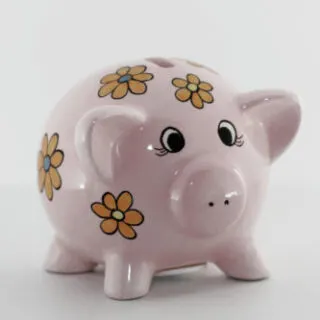This is a collaborative post.
Yep – we did just say that, that’s because we are starting the New Year with some thoughts on making sure that we finish it with solid ideas for savings for your kids. Junior ISAs* need not be something to be avoided. KiddyCharts has an investment banker in it’s midst (I’m married to one!), and so savings are important for our family. They are also important to us as a site, so we can provide tips to our readers. We are taking a look at Junior ISAs* today for your kids; so what’s the point of them?
We know this is more dry than the printable articles we usually share with you. Entertaining the kids IS important, and our printables help with that, but we also want to give our kids a great start financially too, don’t we?
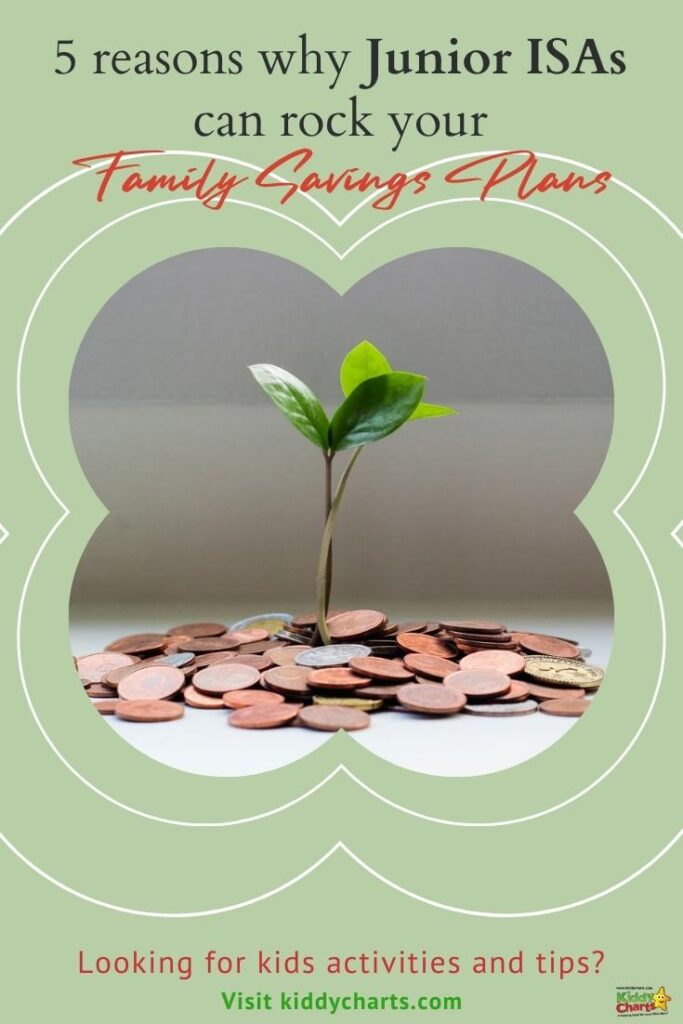

If you aren’t used to saving for the kids, getting your head around the concept of a Junior ISA could be a little daunting. It needn’t be though, and it IS a regular way of saving for the future.
What is a Junior ISA*?
We aren’t here to give financial advice, but we can give you the details as we see them as both parents, and consumers. Junior ISAs are:
- Tax free savings or investments,
- Designed to encourage parents and families to save for a child’s future,
- Limited to a £9,000 allowance added in a year,
- Available in two types:
- Junior cash ISAs: This is effectively a tax-free savings account, and you will get your money at the end of the maturity period, with a specified interest level. This is lower risk, as long as you are using a regulated provider and have less than £85,000 invested within the provider your choose, and
- Junior stocks and shares ISAs: This is a riskier option, as the money that you put into the ISA is then invested into stocks and shares. Share prices can obviously go down as well as up, so the money you get upon maturity will depend on the performance of the shares you have invested in. You can self-invest, or get a provider to manage the ISA and investments for you, depending on how financially savvy you are,
- Matures when you child becomes 18, when it becomes their money, and
- Converts to a standard ISA on maturation.
We have tried to keep the financial jargon to a minimum to explain them – so in layman’s terms, why bother with a Junior ISA for your kids? We’ve got five great reasons for you, and a bonus one too:
Set it and leave it


It is very difficult to get savings regular for your kids. You want to do it, but get distracted by the million and one other things that parents need to do. Everything else is more pressing than sorting out your kids financial future. Once you have set up the Junior ISA, whether you go for the cash or the Junior stocks and shares ISA option, it is done. The money is locked in, and if you’ve got that direct debit set up, you’ll be paying whatever you decide you can afford until your kids are 18. You can change the amount of course, but theoretically, once it done, its done.
Ethical options are becoming more popular
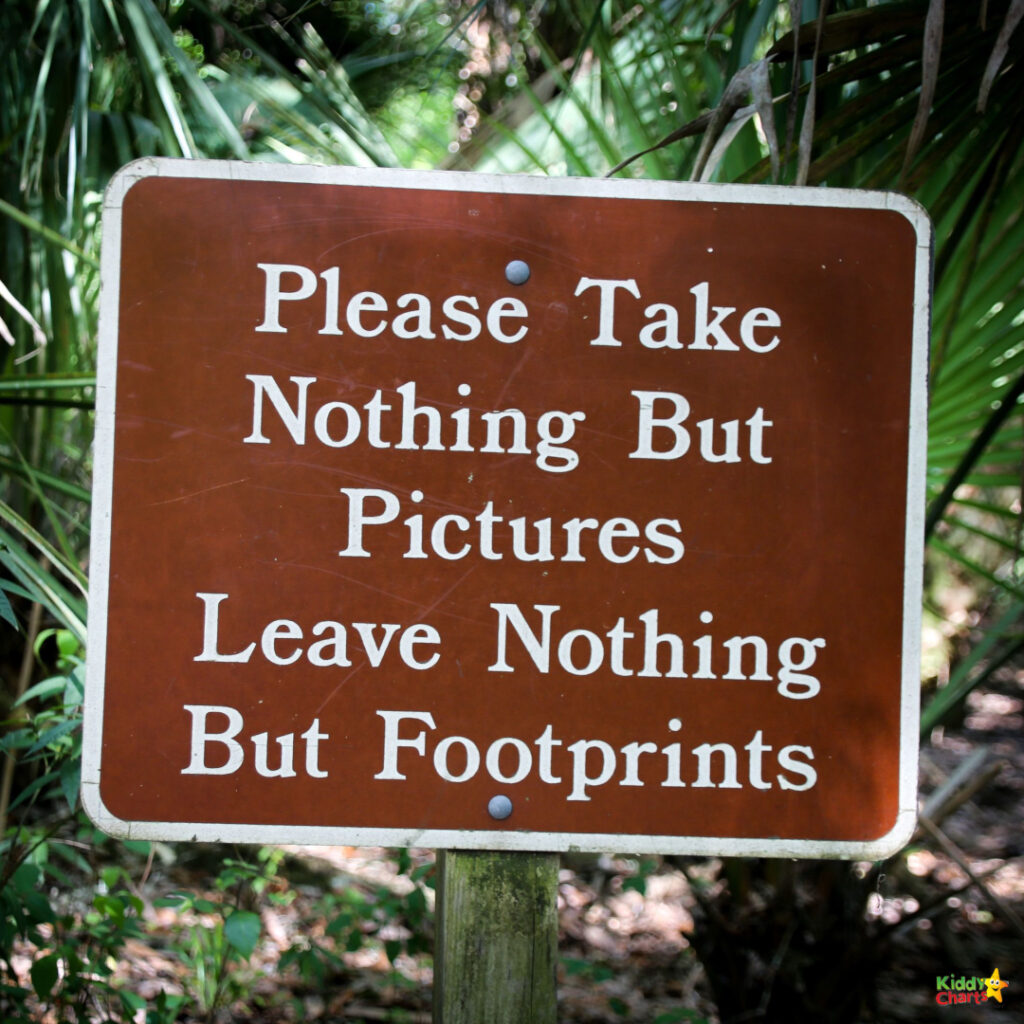
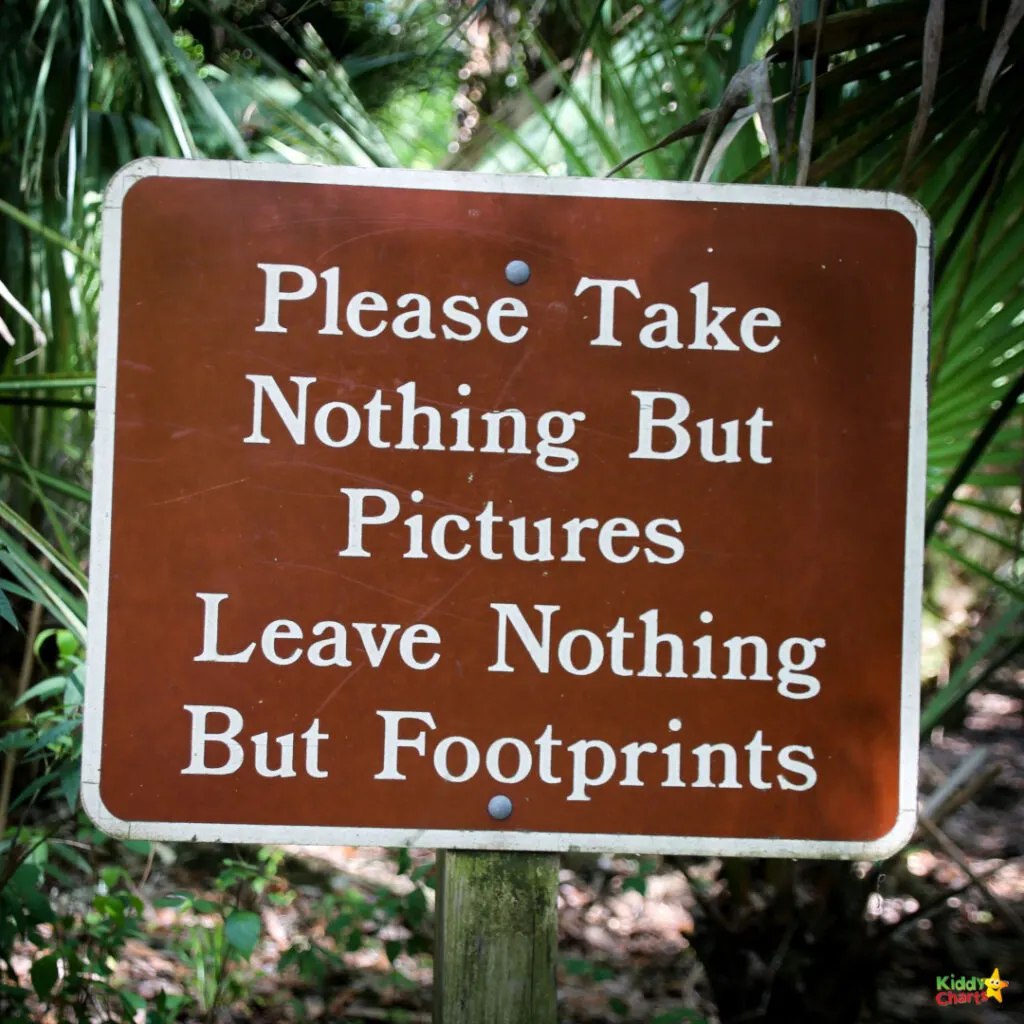
For the stocks and shares Junior ISA, there are now more ethical investment opportunities, so you are able to invest in the stock market, but with a focus on doing so sustainably. This is a really important consideration for investors, but never more so than for a younger generation that is growing up with wonderful champions, such as Greta Thunberg, to show them the way.
When your Junior ISA matures, it will be a considerable positive to be able to tell your teen that the investments are ethical, if you have chosen to work with a provider that offers such a service.
You cannot get to the money
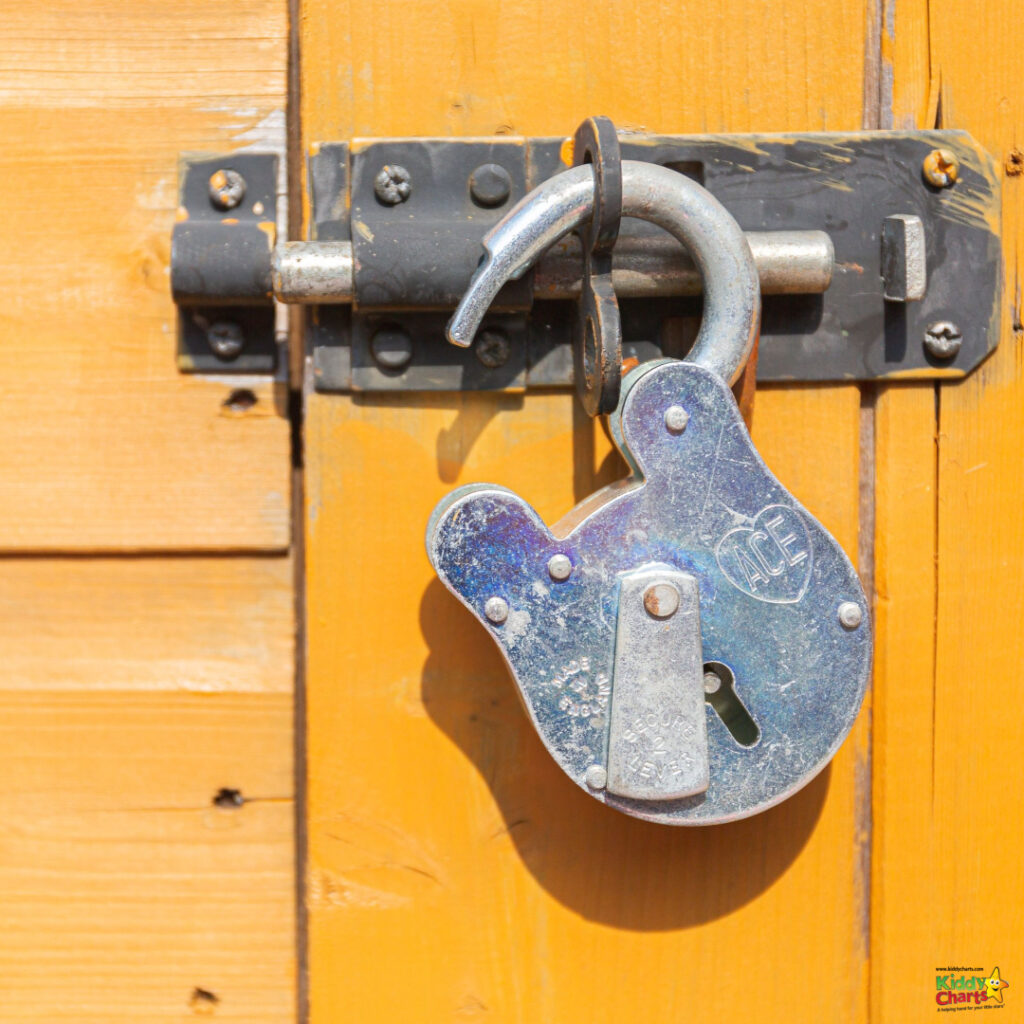
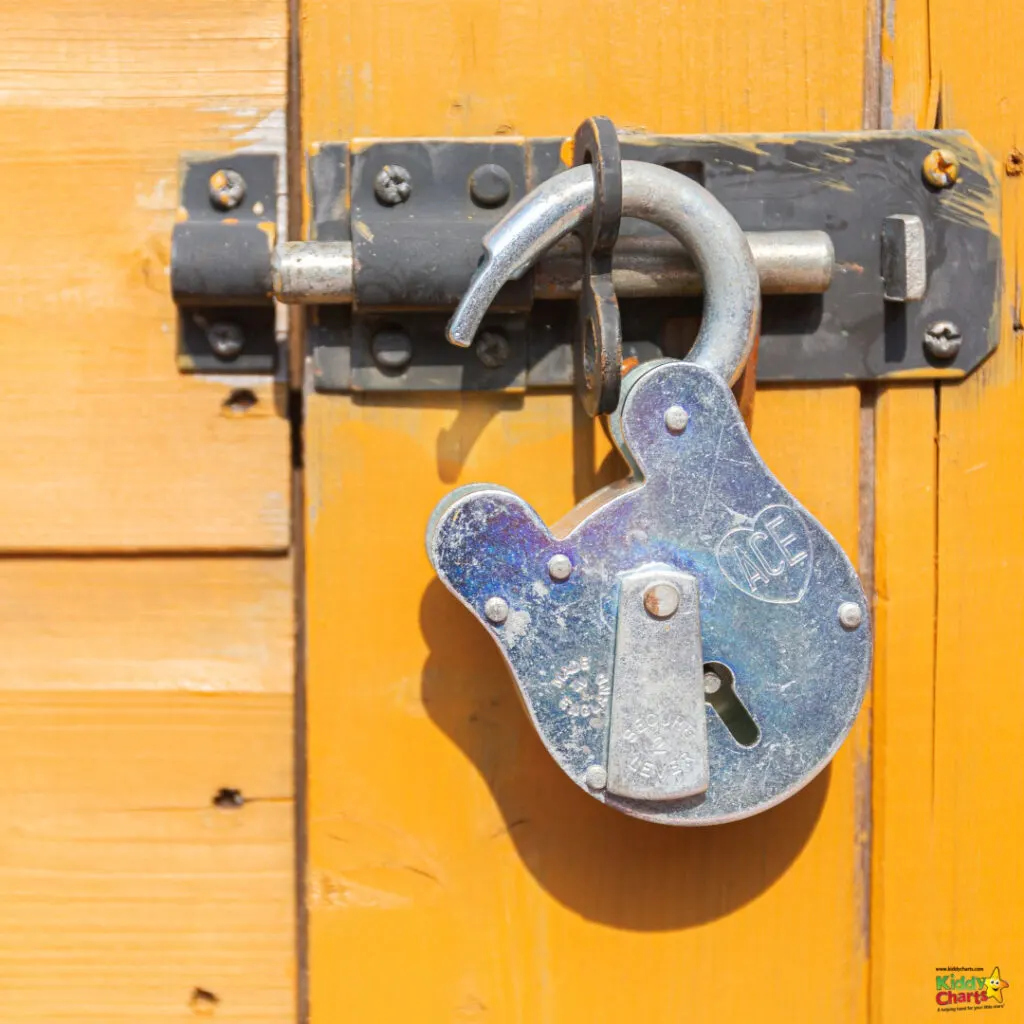
This might seem like a negative, but it isn’t, we promise. It means that you won’t be tempted to take it out when you feel that you could do with a little extra cash for something else. If you have the money in a savings account, rather than an ISA, you’ll be able to access the money quickly. That means you might find yourself using it for something else, and removing your kids possible little nest egg on a financial whim.
We are not saying you would; but you might, so if its locked in, no problem.
Grandparents can contribute too


It isn’t just about offering something to your kids when they are 18, it is also potentially something you can offer to other members of your family to contribute too.
Your parents, or siblings can support your kids if that’s what they would like to do. Grandparents love to give their kids money, and toys, right? Why not encourage them to do something longer term.
That Junior ISA gran contributed to, could even help your kids to save for their mortgage and their first home.
It provides an opportunity to educate your kids about savings
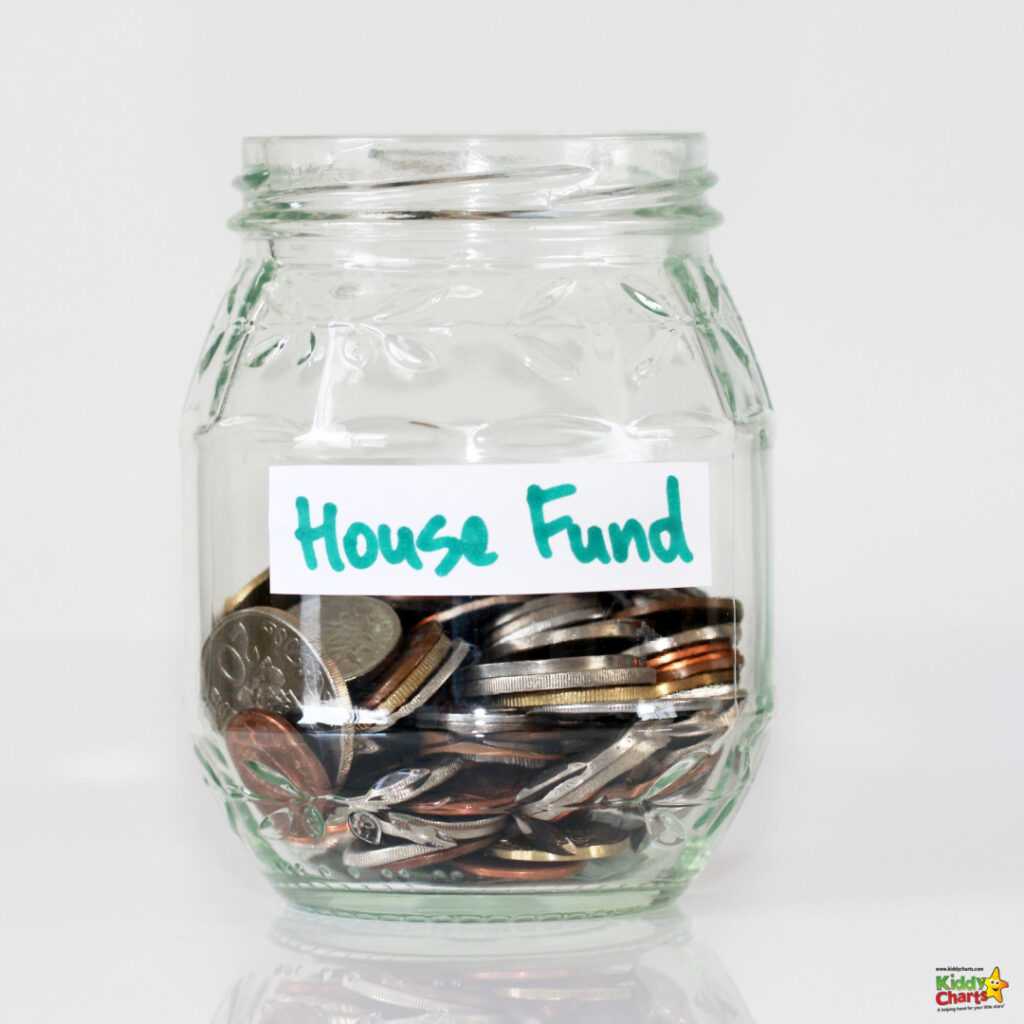

We know. We are always banging on about educating the kids.
Teaching financial intelligence to your children is a life skill, alongside cooking, that they don’t realise that they need to be taught as they grow up. But once they are older, and you are no-longer there with the money-based safety net, they will be grateful that you helped teach them to have financial savvy.
Having a Junior ISA provides a place to start discussions, or if you aren’t going to explain the savings you have for the kids, then teaching them basic money skills is critical, as we discuss a bit later….
And a bonus one makes it 6 reasons…
Your teens might even thank you!


If you manage to save the £9,000 a year for 18 years – that is £162,000 in a cash ISA without any potential additional money from stocks and shares, or interest, depending on the option you have taken out.
That is a good deal of money and could be used for something pretty special by your teen when they get it.
You may even get a hug. *may*
Saying this though, there is one critical downside to the Junior ISA, which we feel we ought to give a little airtime to:
The most Important thing to remember about Junior ISAs
It IS worth noting that the money from a Junior ISA becomes theirs on their 18th birthday. While this is awesome (as we have said above) it is also less than awesome too.
It can be really scary to give control of what could be a large sum of money to an 18-year old. It becomes their money after all, and they can do what they want with it. They are adults after all.
It is therefore important that you continue to educate your kids about money, and savings, starting at an early age. That way, you are less likely to find them spending the money you helped save for them on something that you weren’t expecting, such as a 12-month partying binge, or a diamond encrusted tiara…..
We hope that you have found this a useful article, why not check out some of the other savings tips on the site?
Budgeting content on KiddyCharts
Here are some other ideas about budgeting on our site - why not go and take a look?
Simple tips for budgeting when you are starting a family
Ideas for budgeting when you are looking to start a family.
4 rules to live by for feeding a family on a budget
Great rules to live by when you are feeding a family to a tight budget.
Six week family meal plan
An amazing six week meal plan to help you with your budgeting - we KNOW this will make a massive difference to you all.
Or perhaps others off site too?
Money savings ideas for parents on the internet
More ideas for you from t'interwebs that focus on finance and money savings for parents.
10 Money Saving Ideas for New Parents
A list of a a few specific tips for helping you to save money as a parent from the Family Focus Blog.
Four money saving tips for new parents
It is difficult enough having a new baby without money worries - so here we are with some thoughts for you on how to help save as a new parent.
5 Ways to Teach Your Kids about Money
Another piggy bank - and this time looking at how we can teach our kids about money, instead of helping us save.
We would love to have you back on site, so how about signing up to our newsletter too:
You’ll get our articles as they are released if you pop your email in above.
Thanks as always for coming to visit us, and see you soon.
Helen
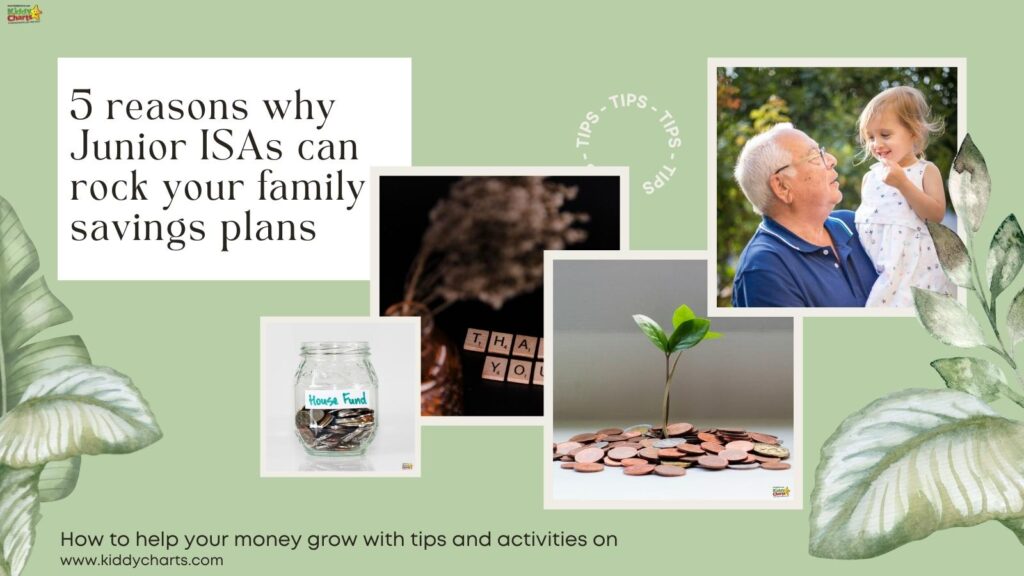
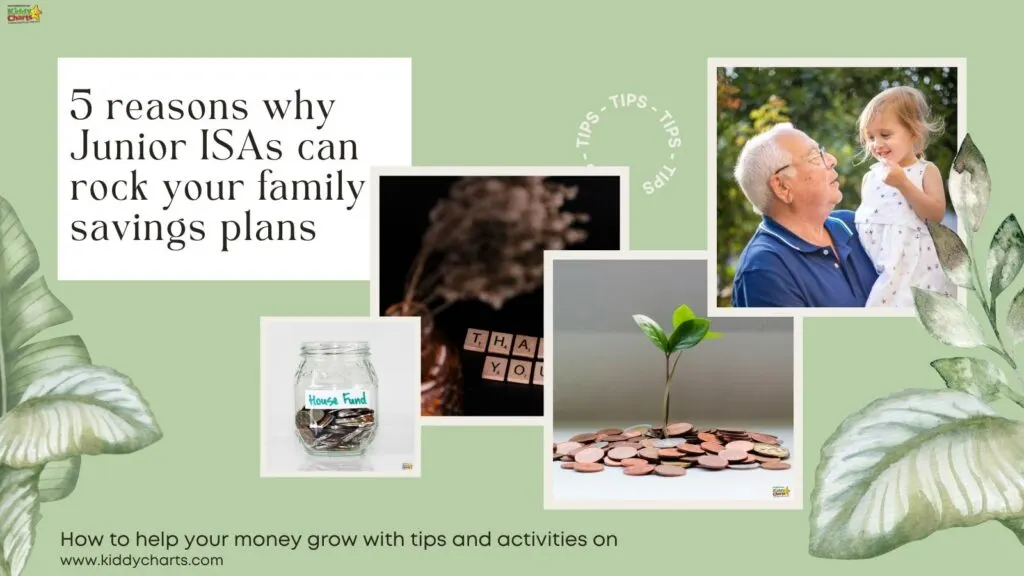
*This article does not offer financial advice. Please seek financial advice if you’re unsure about investing.














